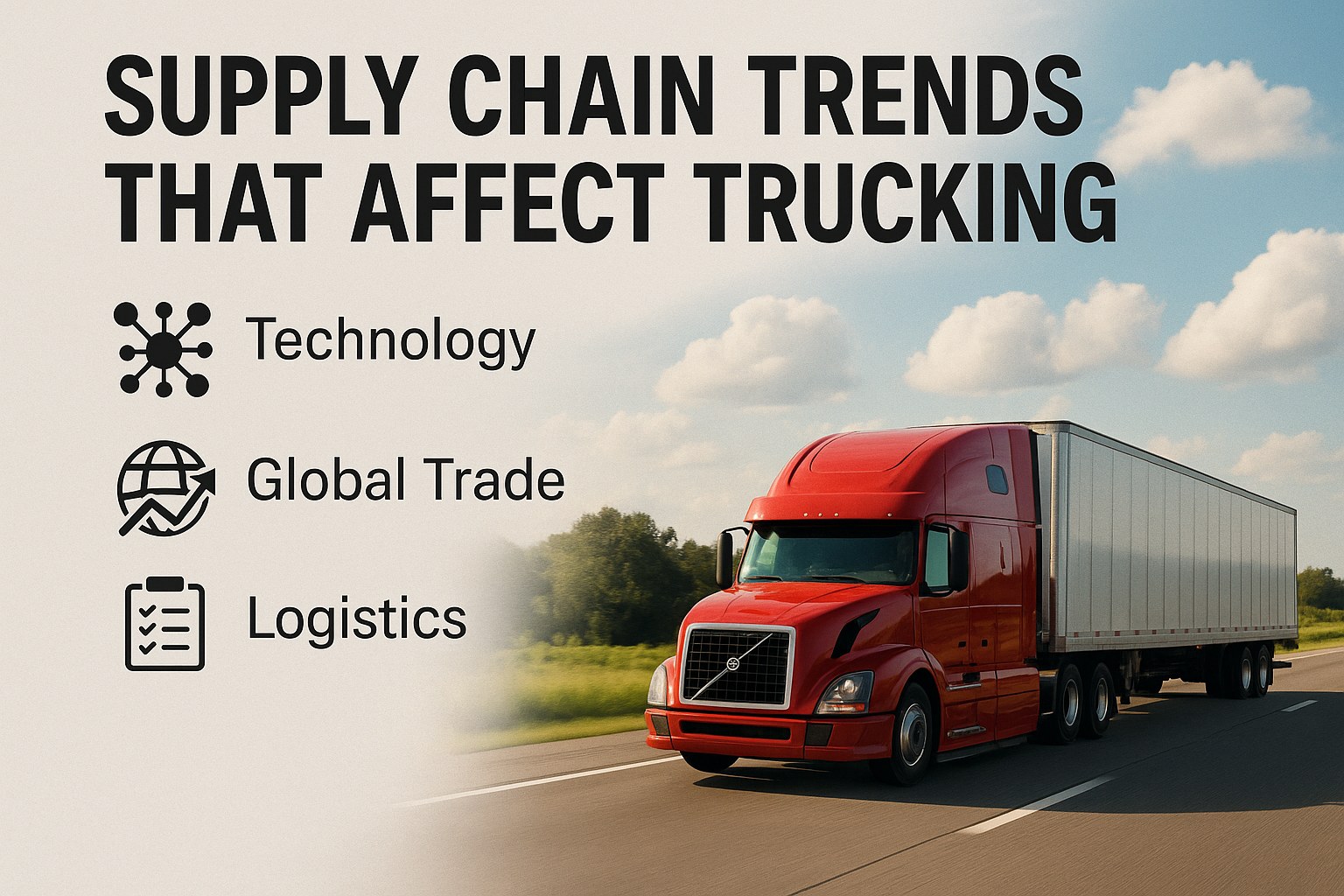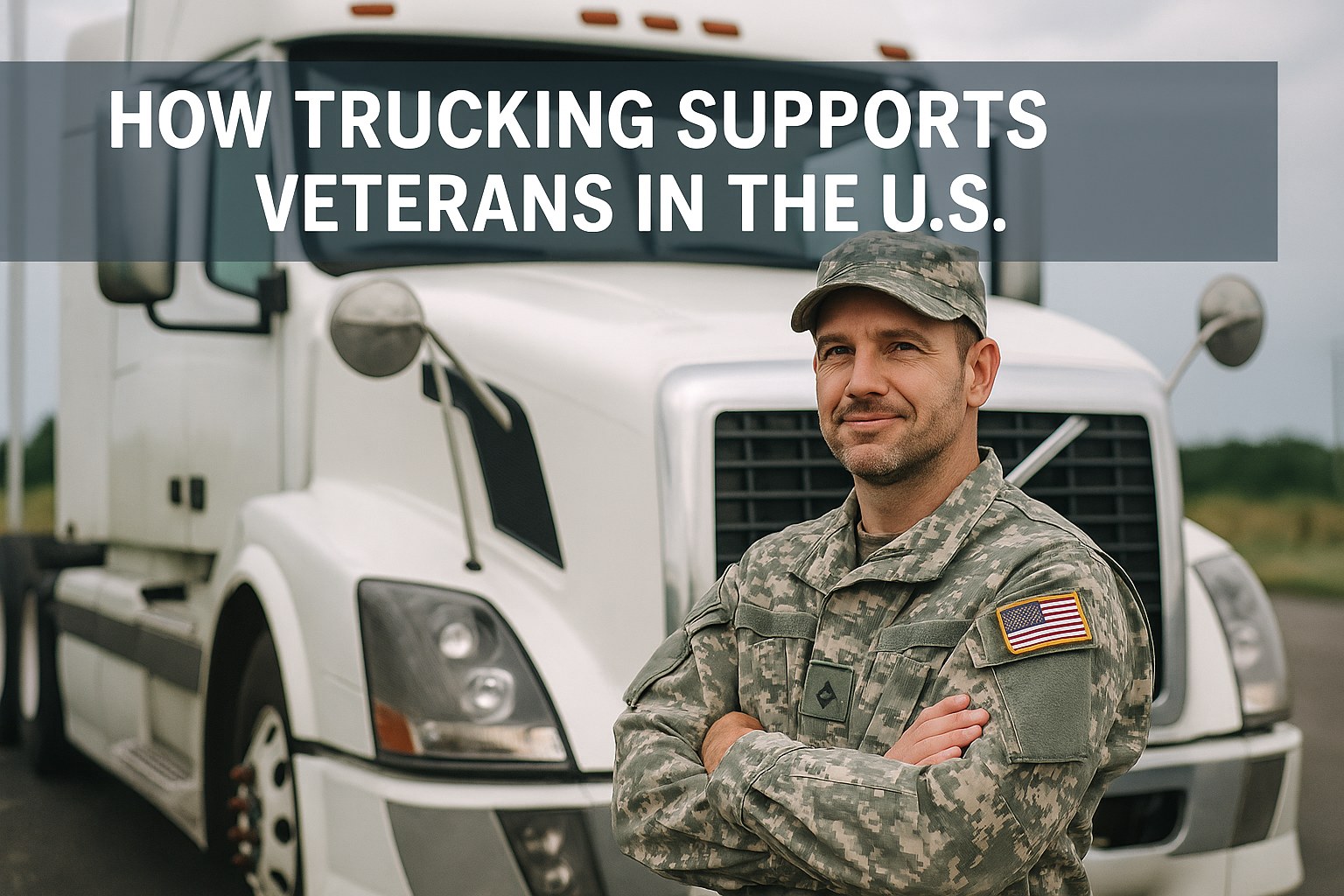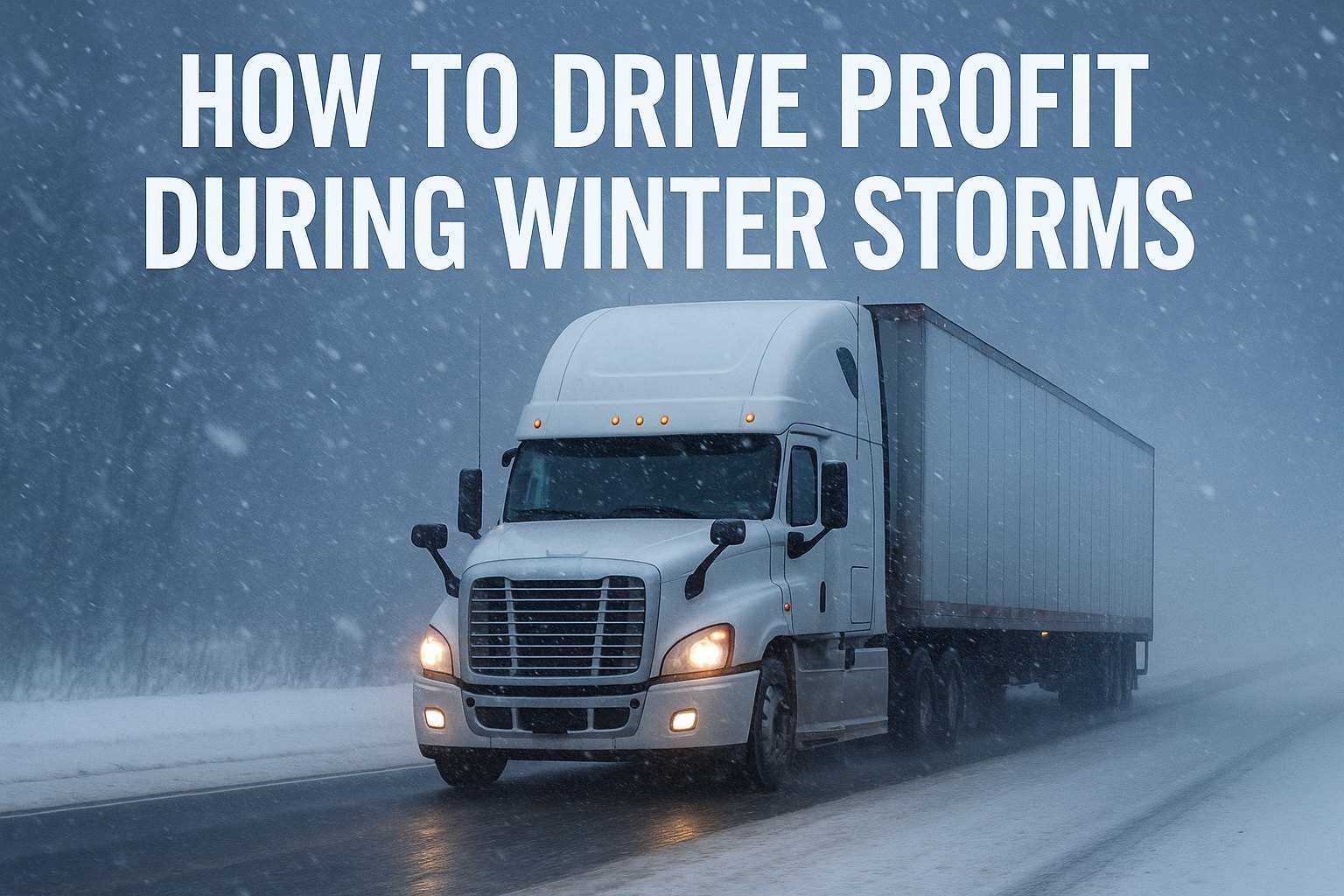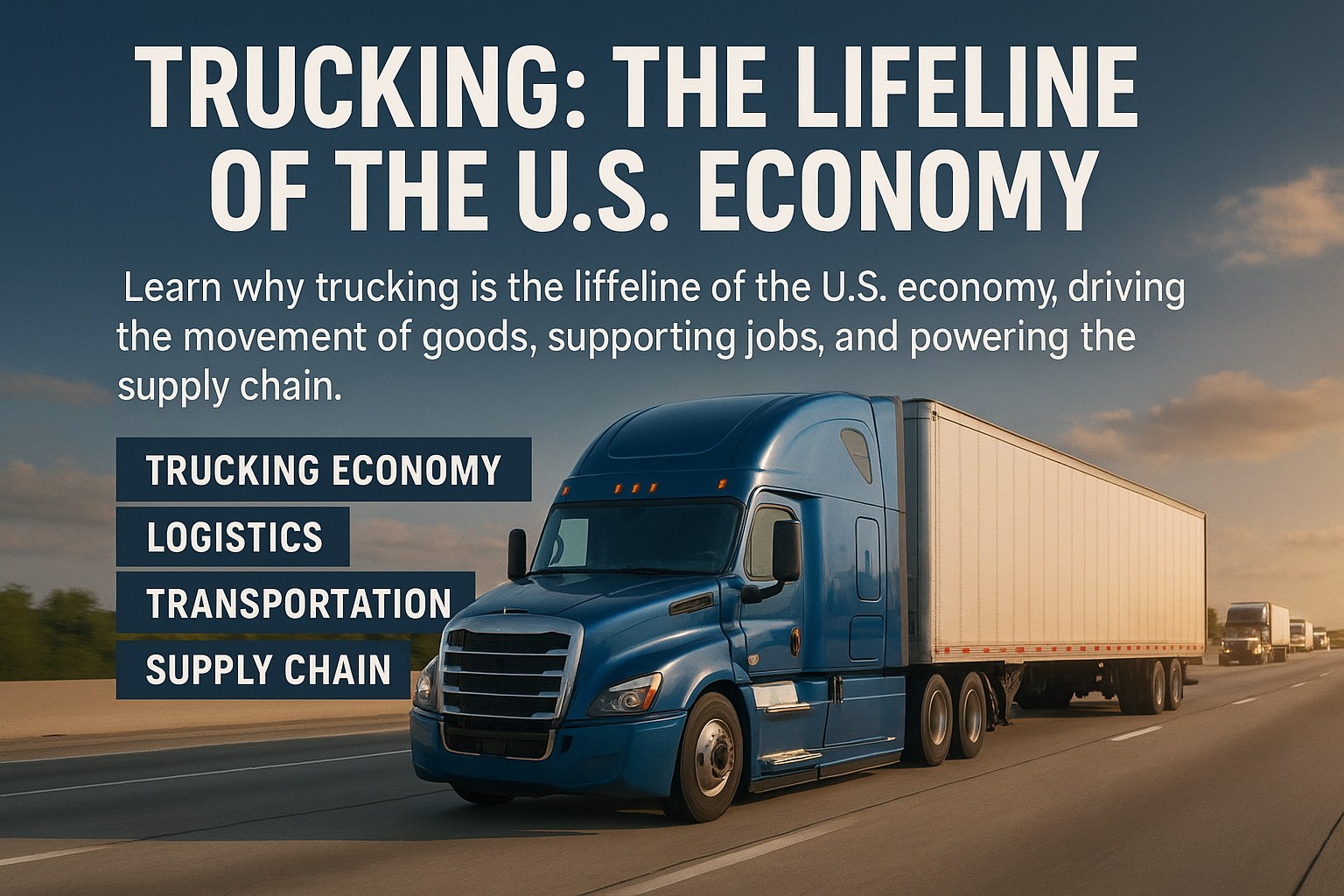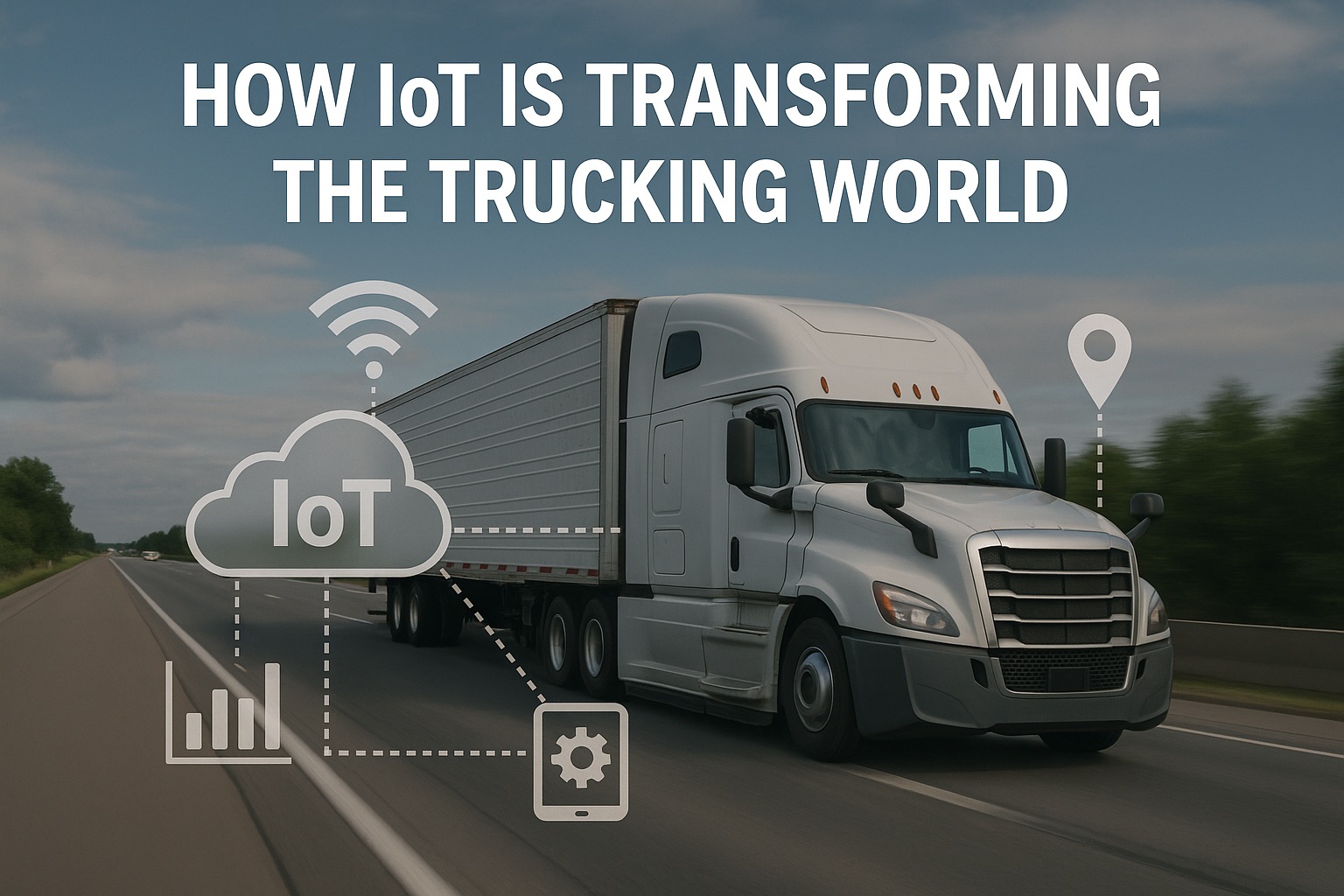Insurance Cost Reduction Impact: By the Numbers
Strategic insurance management delivers measurable financial benefits:
45%
Premium reduction achievable
$160K
Average annual cost (50 trucks)
67%
Rate increase over 3 years
93%
Claims preventable
7 Proven Strategies to Slash Insurance Costs
1. Advanced Safety Technology Implementation
35% Premium ImpactTechnology Package: Forward collision warning, lane departure alerts, dashcams, speed limiters, stability control
Insurance Recognition: Most carriers offer 10-15% discounts per technology, stackable up to 35%
ROI Timeline: Premium savings typically cover technology costs within 14 months
2. Driver Selection and Training Excellence
40% Risk ReductionScreening Protocol: MVR checks, PSP reports, previous employer verification, road tests, personality assessments
Training Investment: Initial 40-hour program, quarterly refreshers, incident-specific coaching, defensive driving certification
Continuous Monitoring: Monthly MVR pulls, telematics scorecards, peer mentoring programs
3. Telematics and Data-Driven Risk Management
Real-Time PreventionMonitoring Metrics: Speed, harsh events, idle time, route adherence, hours of service, vehicle diagnostics
Predictive Analytics: AI identifies high-risk patterns before accidents occur, enabling proactive intervention
Insurance Integration: Direct data sharing with carriers for usage-based pricing and claims management
4. Claims Management and Rapid Response
60% Cost MitigationFirst 24 Hours: Immediate scene documentation, driver statements, witness information, photo/video preservation
Legal Coordination: Pre-selected attorneys, immediate representation, evidence preservation protocols
Claim Strategy: Aggressive fraud defense, quick settlement authority, subrogation pursuit
5. Strategic Insurance Shopping and Negotiation
Market LeverageTiming Strategy: Start 120 days before renewal, prepare comprehensive submissions, leverage competition
Presentation Excellence: Safety achievements, technology investments, claims improvements, financial stability
Alternative Structures: Captives, high deductibles, self-insurance layers, group programs
6. Loss Control and Safety Culture Development
Sustainable ExcellenceCulture Elements: Safety bonuses, peer recognition, family involvement, zero-tolerance policies, open communication
Measurement Systems: Leading indicators, safety scorecards, near-miss reporting, behavior observation
Insurance Partnership: Carrier loss control resources, safety grants, training programs, best practice sharing
7. Vehicle and Route Optimization
Risk MinimizationFleet Composition: Newer vehicles with safety features, proper specifications, regular replacement cycles
Route Analysis: Avoid high-risk areas, optimize for safety not just miles, weather-based adjustments
Maintenance Excellence: Preventive programs, pre-trip inspections, immediate repair protocols
Take Control of Your Insurance Costs
Implement proven strategies that reduce premiums while improving safety and operational efficiency.
Insurance Cost Reduction Analysis by Fleet Size
| Fleet Size | Average Annual Premium | Achievable Reduction | Implementation Cost | Net Savings Year 1 |
|---|---|---|---|---|
| 1-10 Trucks | $32,000 | 35% ($11,200) | $5,000 | $6,200 |
| 11-25 Trucks | $80,000 | 40% ($32,000) | $12,000 | $20,000 |
| 26-50 Trucks | $160,000 | 45% ($72,000) | $25,000 | $47,000 |
| 51-100 Trucks | $320,000 | 48% ($153,600) | $45,000 | $108,600 |
| 100+ Trucks | $640,000+ | 52% ($332,800) | $85,000 | $247,800 |
| Average ROI First Year | 287% | |||
Implementation Roadmap for Insurance Cost Reduction
Phase 1: Assessment (Days 1-30)
Current State Analysis
- Loss run review (5 years)
- Premium breakdown analysis
- Safety program audit
- Technology inventory
- Claims process review
Phase 2: Quick Wins (Days 31-60)
Immediate Actions
- Dashcam deployment
- Driver training launch
- MVR monitoring setup
- Claims protocol update
- Safety meeting cadence
Phase 3: Technology (Days 61-90)
System Implementation
- Telematics installation
- Collision mitigation systems
- Integration completion
- Reporting dashboards
- Driver scorecards
Phase 4: Optimization (Days 91-120)
Market Approach
- Submission preparation
- Carrier meetings
- Negotiation strategy
- Program selection
- Renewal execution
Critical Success Factors for Insurance Savings
Executive Commitment
- Board-level priority
- Investment authorization
- Culture leadership
- Long-term vision
3x greater savings
Data Excellence
- Accurate tracking
- Real-time visibility
- Predictive analytics
- Benchmark comparison
25% better rates
Driver Partnership
- Safety incentives
- Transparent communication
- Recognition programs
- Family engagement
67% fewer claims
Carrier Relationships
- Regular meetings
- Loss control partnership
- Data sharing
- Program innovation
Premium stability
Common Insurance Cost Reduction Mistakes
❌ Shopping on Price Alone
Risk: Inadequate coverage, claim denials
Solution: Evaluate coverage quality, carrier stability, claims handling, and long-term partnership value
❌ Hiding Negative History
Risk: Policy cancellation, claim denial
Solution: Full disclosure with improvement narrative, demonstrate corrective actions taken
❌ Ignoring Small Claims
Risk: Frequency drives rates up
Solution: Aggressive small claim prevention, consider higher deductibles for cost control
❌ Annual Shopping Only
Risk: Missing market opportunities
Solution: Continuous market monitoring, mid-term adjustments, relationship building year-round
❌ DIY Approach
Risk: Leaving money on table
Solution: Partner with specialized brokers who understand trucking and have market access
❌ Technology Without Training
Risk: No behavior change
Solution: Comprehensive adoption programs ensuring technology delivers safety improvements
Insurance Innovation Opportunities
Usage-Based Insurance Programs
Future of PricingHow It Works: Premiums based on actual miles, routes, driver behavior, and time of day operations
Technology Required: Advanced telematics, ELD integration, real-time data transmission
Potential Savings: 15-30% for low-risk operations, rewards for continuous improvement
Parametric Insurance Products
Rapid RecoveryCoverage Innovation: Automatic payouts for defined events (weather, theft) without claims process
Fleet Benefits: Immediate cash flow, reduced admin burden, predictable recovery
Best For: Weather-sensitive operations, high-theft areas, time-critical freight
Captive Insurance Formation
Ultimate ControlStructure: Form or join insurance company to self-insure predictable losses
Requirements: Strong safety record, financial stability, typically 50+ trucks
Benefits: Keep underwriting profits, control claims, potential 40% cost reduction
Start Reducing Your Fleet Insurance Costs Today
Don't accept skyrocketing premiums as inevitable. Implement proven strategies that protect your fleet while dramatically reducing insurance costs.
Frequently Asked Questions
Insurance premium reductions follow predictable timelines based on implementation type. Technology additions (dashcams, collision mitigation) often qualify for immediate discounts at next renewal—typically 10-15% within 3-6 months. Safety program improvements and claims reductions take 12-18 months to impact rates as insurers want to see sustained results. The fastest impact comes from shopping the market with improved metrics; fleets often secure 20-30% reductions immediately by demonstrating safety investments to competing carriers. However, the largest savings (40-50%) come from 2-3 years of consistent safety excellence that transforms your risk profile. Start improvements 120 days before renewal for maximum negotiating power.
Insurance companies assign different values to safety technologies based on proven loss reduction. Forward collision warning/mitigation systems top the list with 15-20% discounts due to preventing rear-end collisions (30% of all claims). Dashcams earn 10-15% discounts by exonerating drivers and preventing fraud. Electronic stability control and roll stability receive 5-10% credits. Speed limiters and adaptive cruise control add another 5%. Lane departure warnings contribute 3-5%. Critical insight: carriers value integrated systems more than individual features—comprehensive packages can stack discounts up to 35%. Ensure chosen technologies integrate with telematics for maximum credit. Document everything; some carriers require proof of activation and driver training to award discounts.
Increasing deductibles can significantly reduce premiums, but requires careful analysis. Moving from $1,000 to $10,000 deductibles typically saves 15-25% on premiums. However, you must have reserves to cover multiple deductibles simultaneously—budget for 3-5 deductibles annually. Consider split deductibles: higher for comprehensive/collision (predictable), lower for liability (catastrophic). Many fleets find $25,000-50,000 deductibles optimal, saving 30-40% while managing cash flow. Critical: implement aggressive safety programs when raising deductibles since you're assuming more risk. Track total cost of risk (premiums + deductibles paid) not just premiums. Some fleets use premium savings to fund safety technology, creating a virtuous cycle of risk reduction.
Nuclear verdicts create market-wide impacts, but strategic responses can maintain coverage and control costs. First, differentiate your fleet through documented safety excellence—insurers need "good risks" to balance portfolios. Implement maximum available safety technology and create "defensibility" through comprehensive driver training records. Consider alternative insurance structures: captives, large deductibles, or excess coverage only. Some fleets form purchasing groups to spread risk. Critically, prepare professional submission packages showing why you're different—safety scores, technology investments, driver quality metrics. Geographic diversification helps if possible. Many fleets successfully negotiate by offering to be "beta testers" for new insurance programs. Remember: insurers need quality fleets to stay in trucking markets; position yourself as the solution, not part of the problem.
Safety investments deliver multiple ROI streams beyond insurance savings. Direct insurance ROI: every $1 spent on proven safety technology returns $2.80 in premium reductions over 3 years. But total ROI reaches 5-7x when including: prevented accidents ($75,000 average), avoided nuclear verdicts (potentially millions), reduced workers' comp (30% savings), lower driver turnover (safety-focused fleets retain 45% better), and improved customer relationships (safety scores influence contracts). Example: $50,000 dashcam investment for 25 trucks typically saves $35,000 annually in premiums, prevents 2-3 accidents ($150,000), and provides lawsuit protection (priceless). Additional benefits: fuel savings from monitored driving (7%), maintenance reduction from less aggressive driving (15%), and access to premium freight contracts. Track comprehensive ROI to justify continued investment and maintain executive support.

